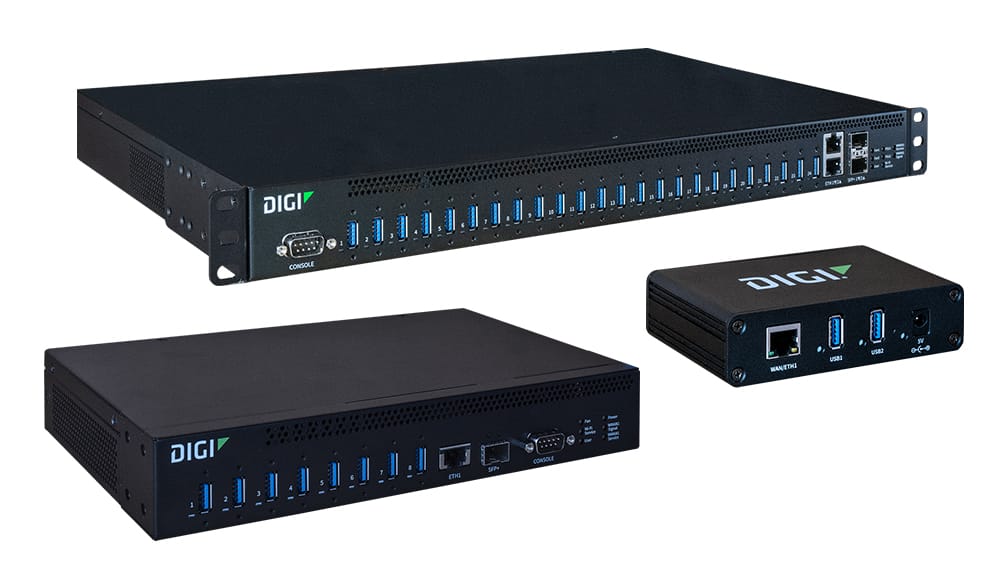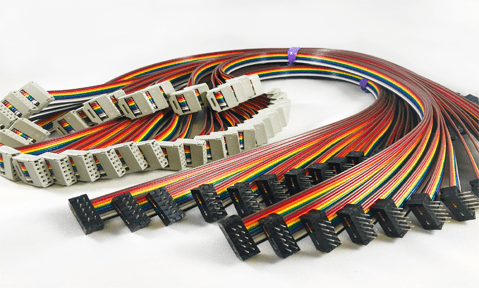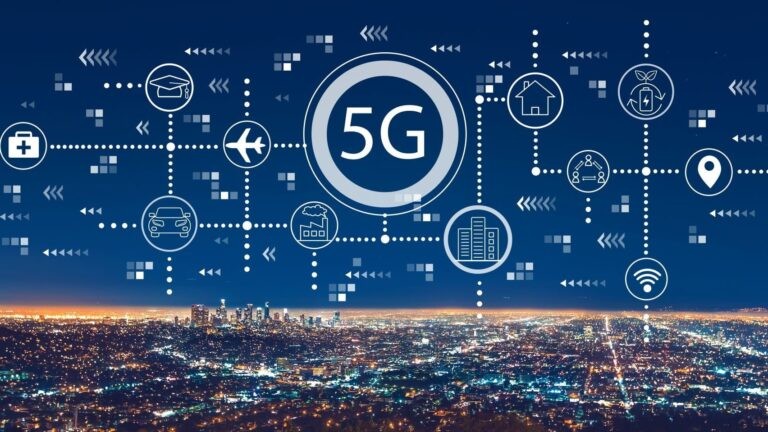The Universal Serial Bus (USB) port is among the most prevalent interfaces in contemporary computing and electronic devices. Since its inception in the 1990s, USB has transformed the manner in which devices connect and exchange data, establishing a universal standard that has supplanted many proprietary connections. USB ports are essential for various functions, including charging devices and transferring substantial data volumes, making them integral to our everyday experiences. This article will delve into the history, development, types, functionality, and future prospects of USB ports, highlighting their significant impact on the formation of modern digital environments.
1. The History and Evolution of USB

1. The Necessity for Standardization
Prior to the introduction of USB, the connection of peripherals to computers necessitated the use of various interfaces, including serial ports, parallel ports, and PS/2 connectors, among others. Each device typically required its own specific connector and communication protocol, resulting in compatibility challenges and a disorganized setup. The absence of a cohesive standard for linking diverse devices such as printers, keyboards, and storage drives to a single computer rendered the process inefficient.
In 1996, the USB 1.0 specification was launched by a consortium of technology firms, including Intel, Microsoft, IBM, Compaq, NEC, and others. The primary objective was to establish a universal standard that would streamline the connection of peripherals, enhance data transfer rates, and supply power to devices.
2. Progression of USB Standards
The USB standard has undergone substantial development since its initial release, with each subsequent version bringing faster data transfer rates and additional features. Below are the significant milestones in the advancement of USB technology:
USB 1.0/1.1 (1996/1998): The inaugural version of USB facilitated data transfer rates of 1.5 Mbps (low-speed) and 12 Mbps (full-speed). It was adequate for devices such as keyboards, mice, and printers, although it fell short in performance for data-heavy devices like storage drives.
USB 2.0 (2000): This version marked a significant enhancement, providing data transfer speeds of up to 480 Mbps (commonly referred to as High-Speed USB). USB 2.0 became the benchmark for connecting external storage devices, cameras, and other peripherals, greatly enhancing the user experience.
USB 3.0 (2008): Known as SuperSpeed USB, this version introduced transfer rates of up to 5 Gbps, representing a tenfold increase over USB 2.0. It was engineered to accommodate larger data volumes from external hard drives, SSDs, and high-definition video devices. Additionally, USB 3.0 incorporated full-duplex communication, enabling simultaneous data transmission and reception.
USB 3.1 (2013): This version further advanced data transfer speeds to 10 Gbps and introduced improved power delivery capabilities.
2. Types of USB Ports and Connectors

Over the years, a variety of USB ports and connectors have been created to address diverse requirements, including power delivery, data transfer, and form factor. Below are the most prevalent types:
a. USB Type-A
USB Type-A is the original and most recognizable USB connector, characterized by its rectangular shape. It is commonly found on computers, laptops, and older devices such as printers and external hard drives. USB Type-A ports are compatible with USB versions 1.0, 2.0, and 3.x. However, they are not reversible, necessitating that the connector be inserted in a specific orientation.
b. USB Type-B
USB Type-B connectors feature a square shape and are typically utilized in larger peripherals like printers and scanners. These connectors have become less common in recent years, having been largely supplanted by USB-C and other smaller, more adaptable connectors. Similar to Type-A, Type-B connectors are also not reversible.
c. Mini-USB
Mini-USB connectors were once prevalent in portable devices such as digital cameras, older smartphones, and MP3 players. Although they are significantly smaller than Type-A and Type-B connectors, their usage has diminished with the rise of more efficient and versatile connectors like Micro-USB and USB-C.
d. Micro-USB
Micro-USB served as the standard connector for many smartphones, tablets, and portable devices throughout the 2000s and early 2010s. It is smaller than Mini-USB and offers enhanced data transfer and charging capabilities. However, Micro-USB has largely been replaced by USB-C in newer devices due to its limitations in speed and durability.
e. USB Type-C
USB Type-C represents the latest and most versatile USB connector. It has a compact, oval shape and is reversible, allowing for insertion in any orientation. USB-C supports the highest data transfer speeds, reaching up to 40 Gbps with USB 4.0, and can deliver up to 100 watts of power for charging. Its capability to support multiple protocols, including Thunderbolt, DisplayPort, and HDMI, has established USB-C as the preferred connector for laptops, smartphones, and modern peripherals.
USB-C is swiftly becoming the industry standard.
3. Functions of USB Ports
USB ports are engineered for a multitude of functions, rendering them exceptionally adaptable and extensively utilized across various devices and applications. The main roles of USB ports include:
a. Data Transfer
The primary function of USB ports is to facilitate data transfer between devices. This encompasses the movement of files from external storage solutions, such as USB flash drives and external hard drives, to a computer, as well as the exchange of data between smartphones and laptops. The speed of data transfer is contingent upon the USB version, with USB 3.0 and later versions offering markedly higher speeds than their predecessors.
b. Power Delivery
In addition to data transfer, USB ports act as a power source for charging devices. While earlier USB standards provided limited power output, the advent of USB 3.1 and USB Power Delivery (USB-PD) has enabled USB ports to deliver up to 100 watts of power. This capability allows for the charging of laptops, tablets, smartphones, and other high-powered devices through a USB connection, leading to the widespread adoption of USB-C ports as a standard charging interface in various devices.
c. Peripheral Connectivity
USB ports facilitate the connection of a diverse array of peripherals to computers or laptops, including:
– Keyboards and mice
– Printers and scanners
– External storage devices
– Cameras and webcams
– Audio interfaces and headphones
This flexibility has established USB as the preferred interface for both consumer and professional peripherals, streamlining connectivity across numerous devices.
d. Display Output
Contemporary USB ports, especially USB-C, can also function for video output alongside data transfer. USB-C ports that support DisplayPort or Thunderbolt 3 can connect to external monitors, allowing for high-definition video output. This feature is particularly advantageous for users seeking to connect multiple monitors to their laptops or desktops without requiring separate video output ports such as HDMI or DisplayPort.
e. Network Connectivity
In certain scenarios, USB ports can be utilized for networking, such as connecting USB Ethernet adapters for wired internet access or employing USB Wi-Fi adapters.
4. Advantages of USB Ports
USB ports present several significant advantages that have led to their extensive use:
1. Universal Compatibility
USB serves as a universal standard, ensuring compatibility across a diverse array of devices and operating systems. Whether utilizing a Mac, PC, smartphone, or tablet, USB provides a consistent interface for connecting peripherals, charging devices, and facilitating data transfer.
2. Seamless Connectivity
A primary advantage of USB is its seamless plug-and-play functionality. Devices connected through USB ports are generally recognized automatically by the host system, eliminating the need for manual driver installations or intricate configurations. This feature renders USB an accessible and user-friendly interface for both casual users and professionals alike.
3. Enhanced Data Transfer Rates
With each successive version, USB has markedly improved data transfer rates. USB 3.0, 3.1, and 3.2 can achieve transfer speeds of up to 20 Gbps, making USB an ideal choice for high-bandwidth applications such as video editing, gaming, and other data-intensive tasks.
4. Improved Power Delivery
The power delivery capabilities of USB have seen significant advancements, enabling it to efficiently supply power to connected devices.






